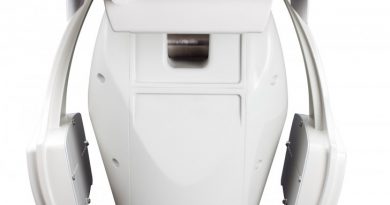How much do we save by having more insurance cover with one insurer?
Are you paying too much for your insurance by having your insurance at many different providers? We have always advised consumers to shop around for savings – and we will continue to do so – but we need to discuss as well the potential savings when you decide to combine insurance cover for several items in one policy contract!
We always buy our groceries, clothing and even household equipment at more than one store – but should we do so with insurance as well?
I have recently purchased a large computer screen and a GoPro camera which I wanted to insure. I have found that it is much cheaper to add this to my insurance profile with my existing insurer than to purchase a new insurance policy just for these items.
The insurance client is often told that it is better to have both home and car insurance with the same insurer – but why is this true what would the saving be?
We could discuss this by answering a few questions and decided to raise them with the experts from OUTsurance:
- Is it true that there are significant savings if insurance is combined under the umbrella of one insurer?
This is true. There are definitely savings to be obtained. The amount varies from insurer to insurer and from client to client because of differences in risk profiles.
- Would the following qualify as possible reasons for such an answer:
That the portfolio size is bigger?
This is certainly a reason. Having a bigger portfolio usually results in a lower percentage for fixed expenses which can result in a lower premium.
That there is a reduced product cost as it is one client with one policy?
Yes, this is true.
That the insurer has an existing claims record over a longer period in time and that this is taken into account when new items are added?
This could also be a factor taken into consideration.
Is there a special scientific / mathematical formula to determine what should a saving should be? What would your estimate be of a standard % saving where i.e. a vehicle is added to the portfolio of an insured client with a home and household policy – compared to insuring the vehicle on its own?
Yes, it is calculated but it is not with a simple formula as it depends on the portion of the premium which relates to claims costs v administration expenses. This portion varies widely from client to client due to differing risk profiles.
As such clients would be best advised to contact their insurers to get the accurate amount as opposed to trying to do a simple one size fits all calculation.
Would the same % saving apply to where i.e. equipment of R10,000 is added to an insurance portfolio instead of having to insure R10,000 worth of equipment as a stand-alone insurance policy?
Same applies as with above answer
Are there any other facts that the client might need to consider in favour of having all his insurance at one provider?
Having all items combined with one insurer could also lower your personal admin burden and your bank charges.
Additional insights
We would also like to share some additional insights from Discovery Insure:
Conclusion and Advice
The best advice to clients will always be to put some time aside and to do a comprehensive insurance comparison. There might well be items for which you might need specialized insurance cover – such as high performance motorbikes, art, classic cars etc. To find cover for these items you might be best advised to have insurance cover for those items with an insurance provider specialising in that niche market!
It is however usually much cheaper when purchasing new items to add them to your existing insurance than to have them insured on its own with a new insurance product from another insurer.
Add the numbers after careful analysis and make an informed decision – do not pay more than you need to on your insurance cover!




